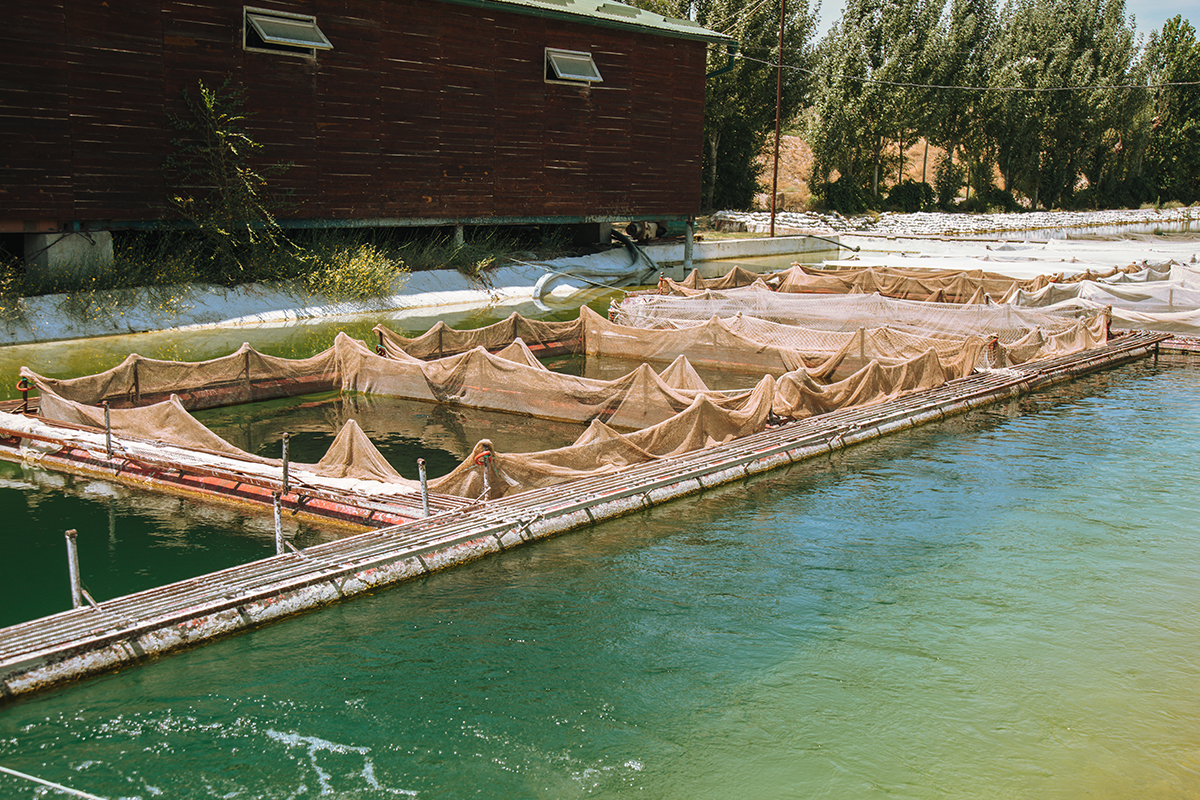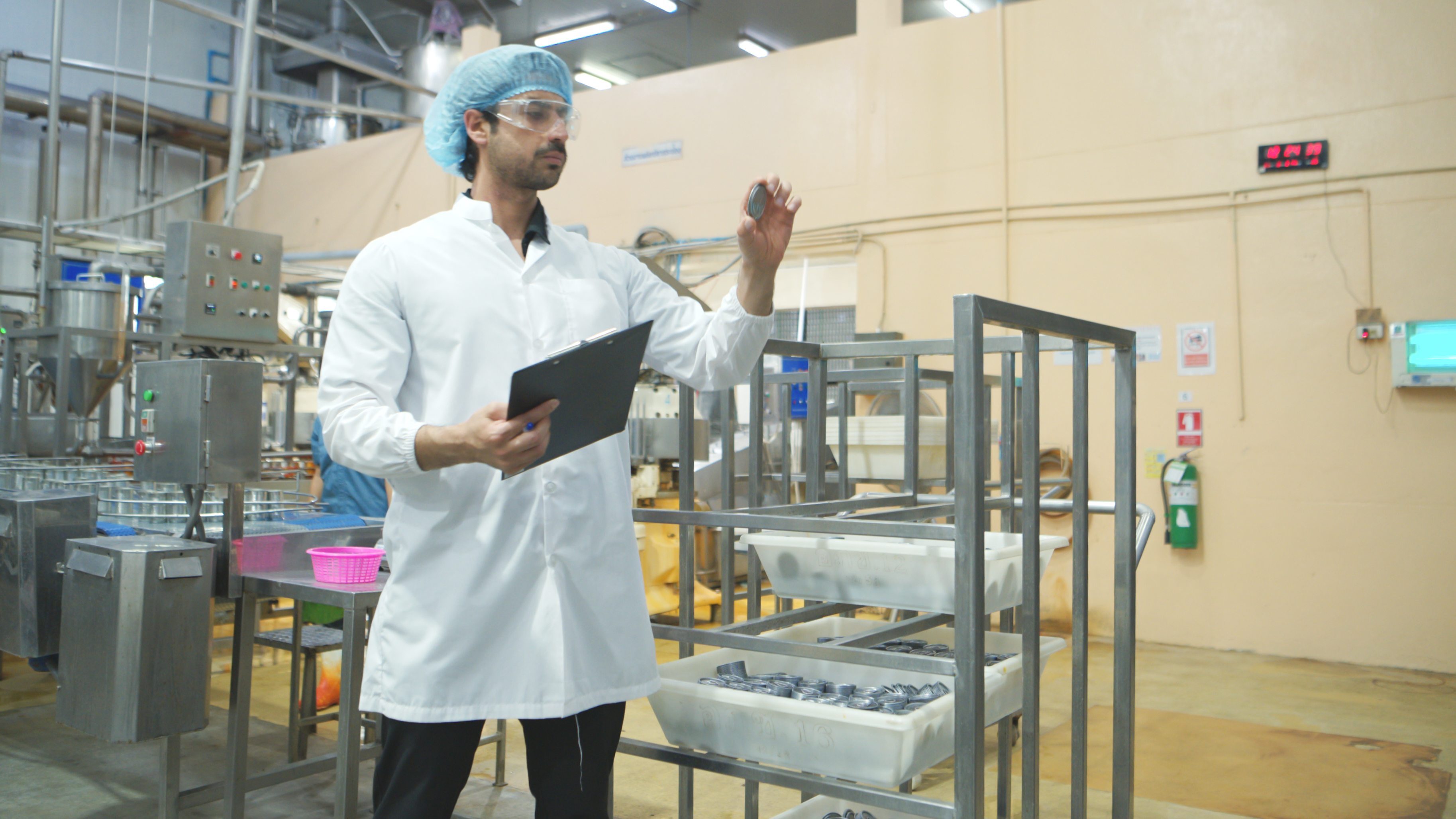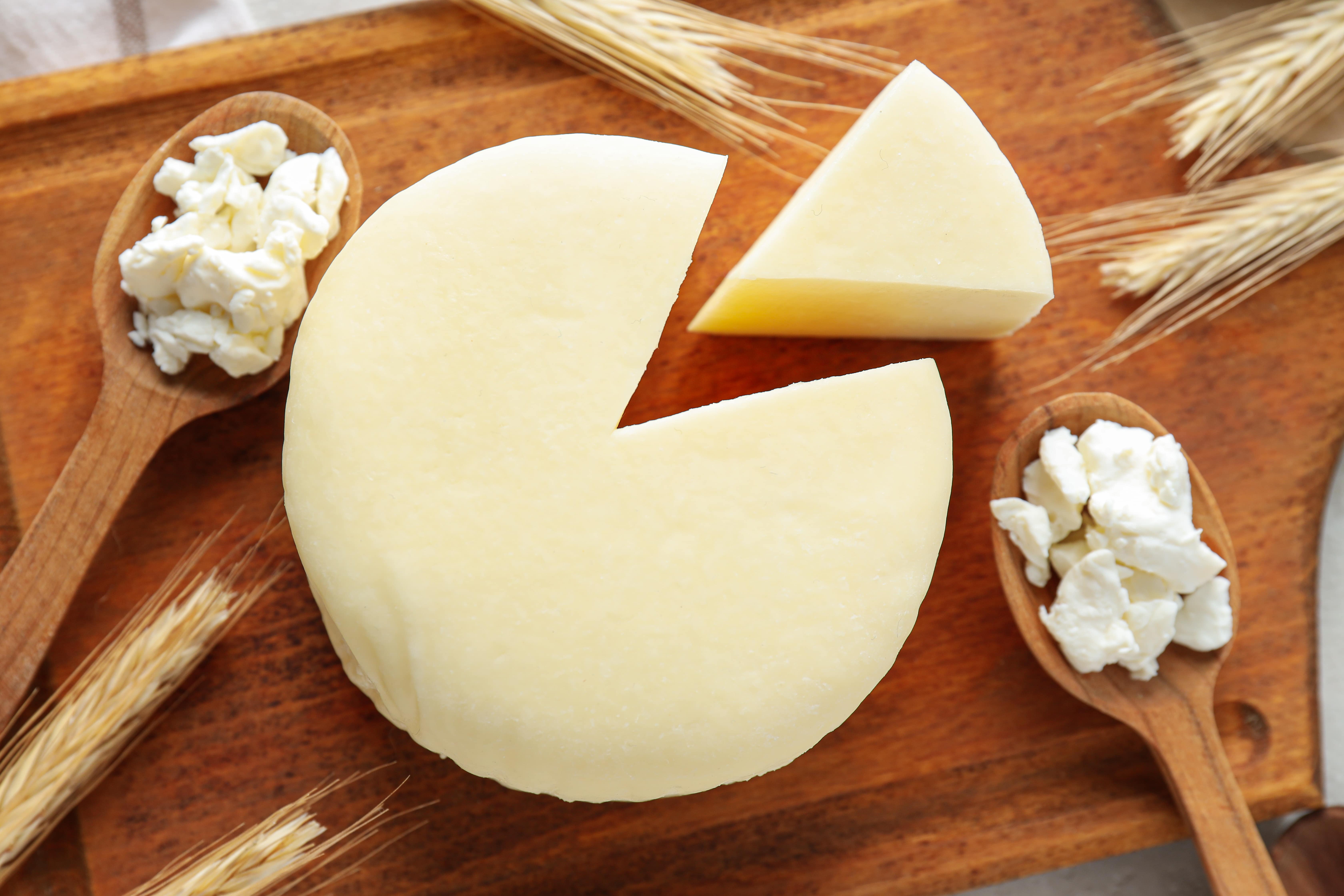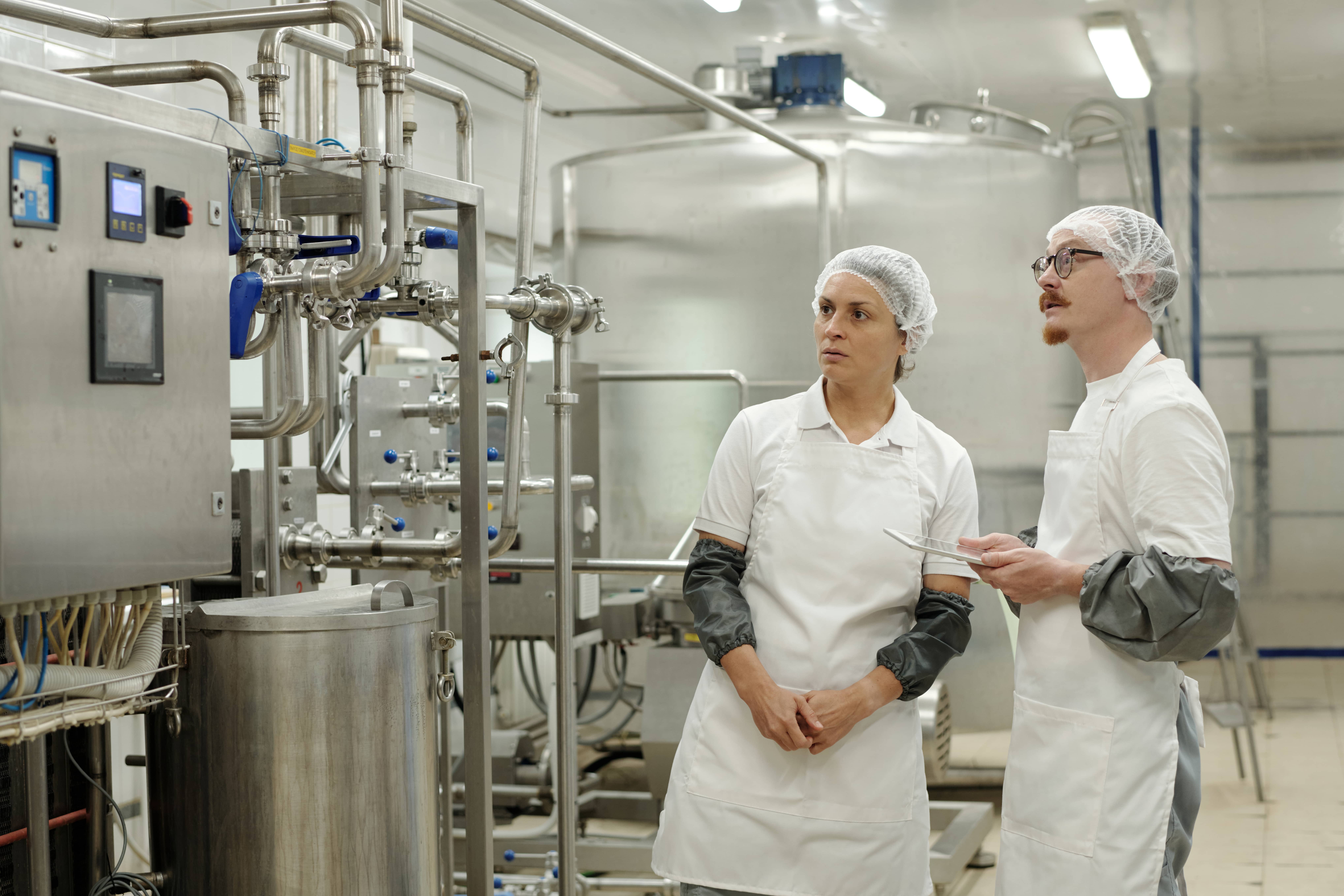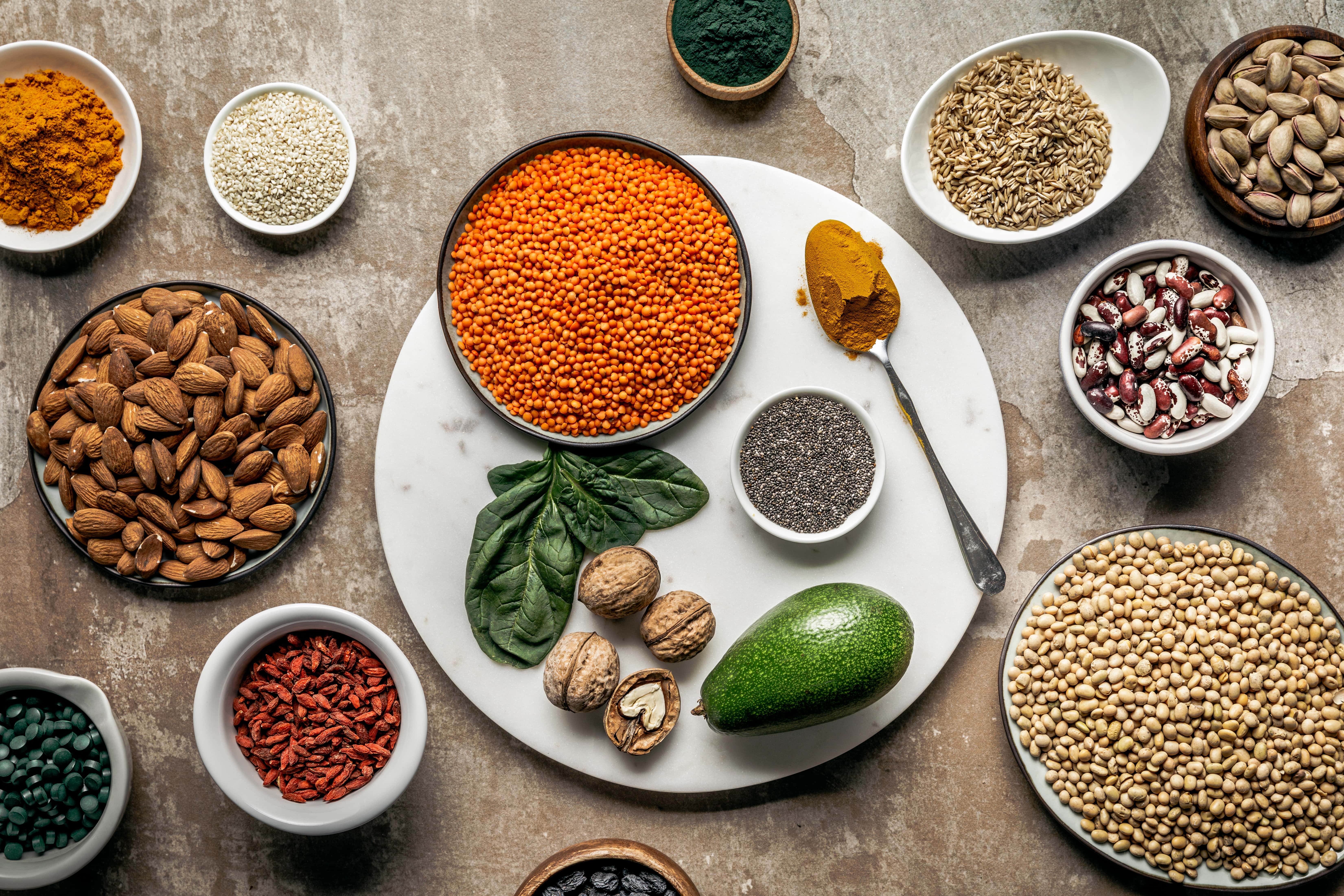Last Updated on November 21, 2025 by Admin
Table of Contents
- What is Fish Farming?
- Types of Fish Farming
- How to Start Fish Farming
- Advantages of Fish Farming
- Financial Management and Cost Efficiency
- How Much Does it Cost to Start a Fish Farming Business?
- Eco-friendly and Tech-friendly
- Importance of Continuous Learning in Fish Farming
- Conclusion
- Frequently Asked Questions
Fish farming or aquaculture is becoming an increasingly popular and profitable business in the agriculture sector. Aquaculture is a profitable and environmentally friendly way to raise fish because natural fish numbers are declining, and people want fish more than ever. In 2020, Asia had grown to be the top region in global aquaculture, responsible for 91.6% of the world’s aquatic animals and algae. It highlights the potential and advantages of fish farming as an essential factor in creating sustainable food systems.
This guide is perfect for beginners who want to learn how to do fish farming. It covers all the essential steps and different types of fish farming, highlighting numerous advantages of fish farming. If you’re looking for guidance to help you in your fish farming venture, this guide can point you in the right direction.
What is Fish Farming?
What is fish farming? It means keeping fish in tanks or ponds and managing them for business reasons. Growing fish for food or as ornamentation are just two of the many reasons why people do it.
Fish farming involves breeding fish at a commercial scale within controlled systems such as ponds, tanks, or other enclosed natural water bodies. Fish farming is a more environmentally friendly option that helps to satisfy the expanding need for seafood without putting undue stress on the stocks of wild fish. Commonly grown fish species are tilapia, catfish, carp, and shrimp. Farming fish improves food security, increases employment opportunities, and boosts economic growth. Effective management of water, control of diseases, and provision of adequate diets are critical for a successful fish farming business so as to guarantee optimal outcomes and profits.
It’s essential to understand whether is fish farming profitable? The answer depends on proper planning, execution, and market understanding, which this guide aims to support.
Types of Fish Farming
There are several types of fish farming to choose from. Each has its specific requirements and benefits. Some of the types are:
- Pond Systems: It is the most traditional method, where fish are raised in freshwater ponds.
- Cage Systems: Where fish are kept in cages or nets placed in natural water bodies, such as lakes or oceans.
- Recirculating Systems: Advanced systems that filter and recycle water, allowing for indoor farming with minimal water use.
- Integrated Multitrophic Aquaculture (IMTA): A complex system that combines different aquatic species at other trophic levels to improve ecosystem health and efficiency.
These methods of fish farming offer a variety of setups that cater to different environmental and business needs.
How to Start Fish Farming
Here are some steps to help you know how to do a fish farming venture.
Step 1: Do Some Research
It is very important to know about this field before you start. Learn about the kinds of fish that people want in your area. Next, find out if there are any rules in your area about fish growing.
Step 2: Go For the Right Fish Species
It is important to select the best species that matches your goals. You can consider crucial factors such as growth rate, market demand, and suitability to your chosen farming method. Common choices include tilapia, catfish, and salmon.
Step 3: Understand the Target Market
Understanding your target market helps align your offerings with customer needs, ultimately improving your sales and returns.
Step 4: Secure a Suitable Location
Ensure access to clean water and check environmental conditions such as soil type and climate, which should match the needs of your chosen species. If you’re exploring how to start fish farming on a small scale, selecting a modest but scalable site is essential.
Step 5: Design Your Farm
Design your farm according to the types of fish farming system you’ve chosen. From simple ponds to more complex recirculating systems, each system has its own distinct building needs.
Step 6: Get Permits
To start a business, obtain the necessary permits and licenses from local, state, or national authorities. Requirements vary by industry, covering zoning, environmental, and health regulations.
Step 7: Source Quality Seed
It’s really important to buy high-quality fish seed (just another name for juvenile fish) from suppliers with a good reputation. It will help ensure that your stock stays healthy. Planning a solid fish farming business plan also involves identifying trustworthy hatcheries for a consistent fish supply.
Step 8: Implement Proper Farm Management Practices
Implementing proper farm management practices ensures high productivity, sustainability, and profitability. Key practices include efficient resource management, maintaining hygienic living conditions, and ensuring adequate nutrition for livestock or crops. Regular health check-ups, disease control, and vaccination help maintain livestock well-being. Proper waste disposal and water management enhance environmental sustainability. Record-keeping of farm activities aids in tracking performance and making informed decisions. Additionally, utilizing modern technology and automation improves efficiency and reduces labor costs, ensuring a successful and well-managed farming operation.
Step 9: Implement Biosecurity Measures
Implementing biosecurity measures prevents disease outbreaks and enhances farm productivity. Key steps include restricting farm access, quarantining new animals, maintaining hygiene, sanitizing equipment, and monitoring livestock health. Proper waste disposal and pest control further reduce risks, ensuring a safe and disease-free farming environment.
Step 10: Harvesting The Fishes
Harvesting fish involves careful handling to prevent stress and injury. Methods include netting, draining ponds, and using fish traps. Proper timing, grading, and storage ensure freshness and market value. Immediate cooling or freezing helps maintain fish quality post-harvest.
Having a thorough fish farming business plan that includes your harvesting process can significantly boost market value and customer trust.
Advantages of Fish Farming
There are several advantages of fish farming; one of the most vital ones is the ability to meet the world’s growing seafood demands while reducing pressure on wild fish populations. Other key benefits include:
- Environment-friendly: Controlled environments reduce overfishing, helping preserve natural aquatic ecosystems.
- Food Security: Provides a steady source of protein, contributing to global food security.
- Economic Benefits: Creates jobs and supports local economies, particularly in rural areas.
- Efficiency: High control over production environments leads to efficient use of resources and higher yields.
Financial Management and Cost Efficiency
- Initial Investment Assessment: Accurately estimating the initial cost of fish farming is important for setting up your farm. It includes costs related to land, water systems, fish stock, feed, and equipment.
- Operational Cost Control: It’s important to keep operational costs in check to ensure profitability. It’s a good idea to regularly review your budget to understand where you can save money and allocate your funds.
- Revenue Maximization Strategies: Understanding market trends and consumer preferences can help position your fish products effectively.
- Financial Planning and Forecasting: These are important because they allow us to predict future expenses and income. This information helps you in making strategic decisions. Financial models can also be used to plan for future growth or expansion.
- Grants and Subsidies: You can look into grants, subsidies, or low-interest loans that are designed for aquaculture projects. Financial aid can help lessen the financial burden of fish farming expenses.
- Record Keeping and Analysis: It is essential to maintain detailed records of financial transactions, production data, and operational costs and analyze these records to identify areas for improvement.
- Risk Management: By using risk management strategies, like insurance and diversification, you can protect your investment from unforeseen events like disease outbreaks or natural disasters.
How Much Does it Cost to Start a Fish Farming Business?
Starting a fish farming business requires careful planning, including selecting the right species, setting up suitable infrastructure, and ensuring proper water quality management.
| Types of Expense | Approximate Cost* |
| Cost to Construct a Pond or Develop Land | Rs 5000 – Rs 2,00,000 |
| Fish Seed | Rs 10,000 – Rs 50,000 |
| Fish Feed and Nutrition | Rs 20,000 – Rs 1,00,000 |
| Monthly Cost of Labour | Rs 10,000 – Rs 50,000 per month |
| Cost of Equipment | Rs 15000 – Rs 1,00,000 |
| Monthly Maintenance Charges | Rs 5000 – Rs 20,000 |
Eco-friendly and Tech-friendly
No matter what types of fish farming you choose—pond systems, cage systems, recycling systems, or IMTA—it should show that you care about the environment and want to be efficient. You can also improve the advantages of fish farming by using new technologies. These help you make more fish with the same amount of resources and leave less of an impact on the environment.
Read Also – How to Start Goat Farming in India: A Complete Guide
Importance of Continuous Learning in Fish Farming
Finding out about the newest changes in fish farming is very important. You may need to take classes, attend workshops, or sign up for professional aquaculture courses. You have to be willing to learn and change to be successful at fish farming. Taking a reliable online course is the best way to learn how to do fish farming and discover emerging best practices.
Conclusion
Investing in a fish farm is a smart move that will benefit the environment and your finances. If you want a profitable and successful fish farming venture, you need to make detailed plans, work hard to achieve your goals, and be eager to learn about the latest updates in this field. Knowing what fish farming is, the different methods of fish farming, and the advantages of fish farming is just the beginning of a profitable road ahead.



